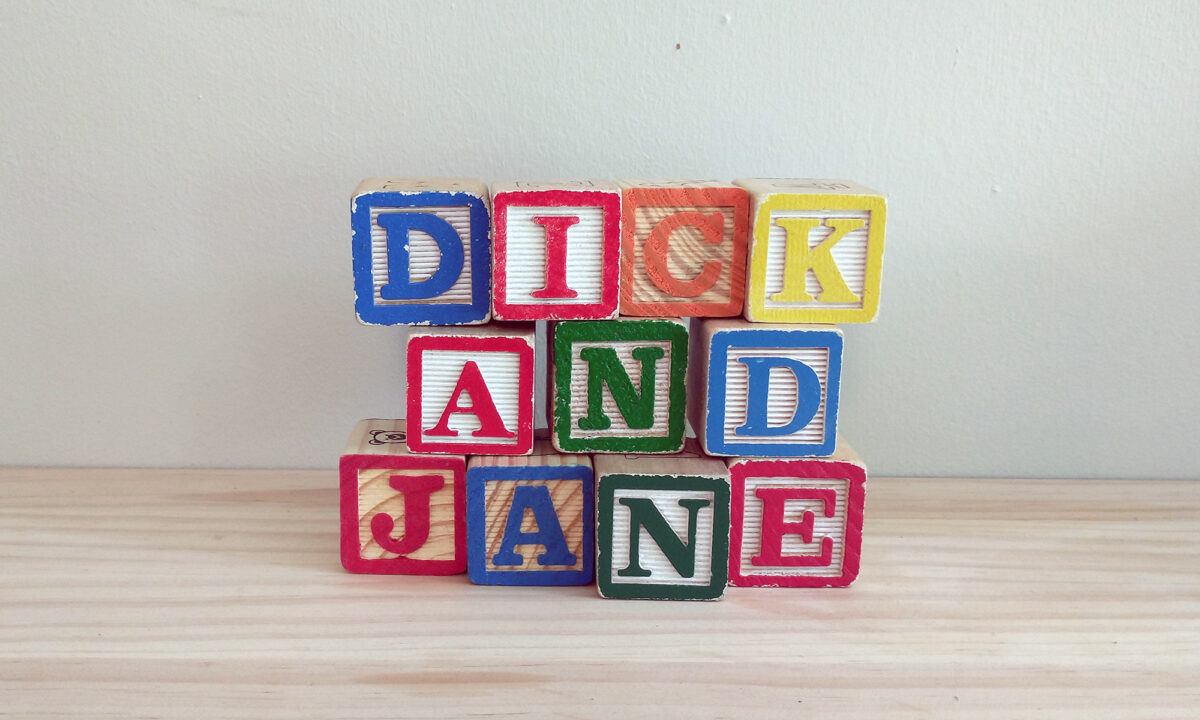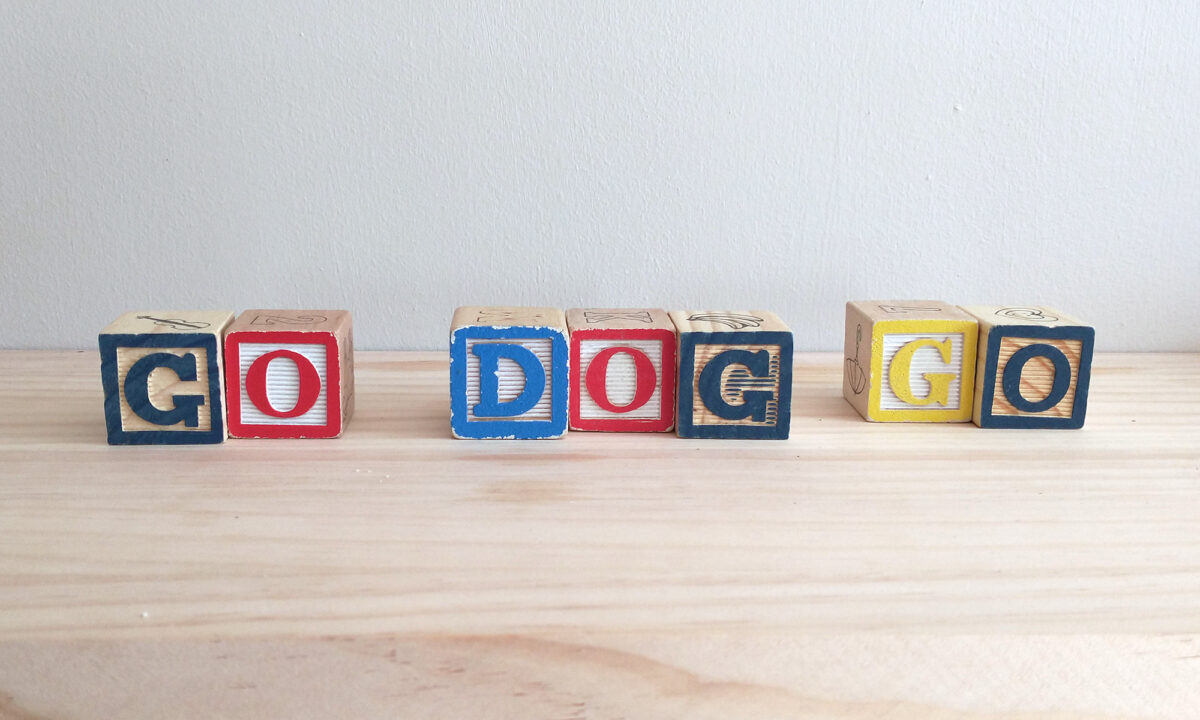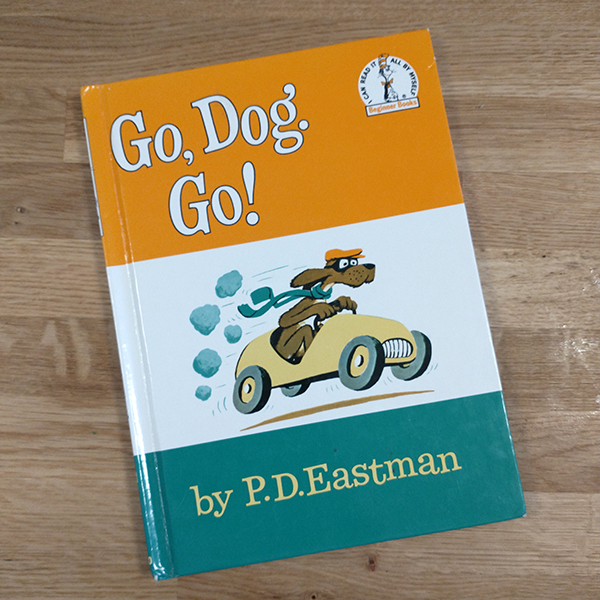Dick and Jane used to be the kids who taught American kids to read. Now the readers chronicling their adventures are largely considered old fashioned because of the rise of phonics in the 1970’s as well as the emergence of an entire industry based around selling literacy curriculum.

Dick and Jane books are old fashioned. But sometimes old things stick around because they are tried and true. Although Dick and Jane readers make use of sight words, they are also fun. They also instantly build confidence, something that phonics-based readers are not great at. While phonics absolutely should remain a big part of early reading curriculum, sight word books like the Dick and Jane readers can go a long way toward teaching little ones that reading is fun and that anyone can do it. That kind of confidence and enthusiasm will help instill a lifelong passion for reading in any young child, especially those who have previously given up on reading.





